Spaces of No Control
October 1, 2020 — February 19, 2021
Austrian Cultural Forum New York
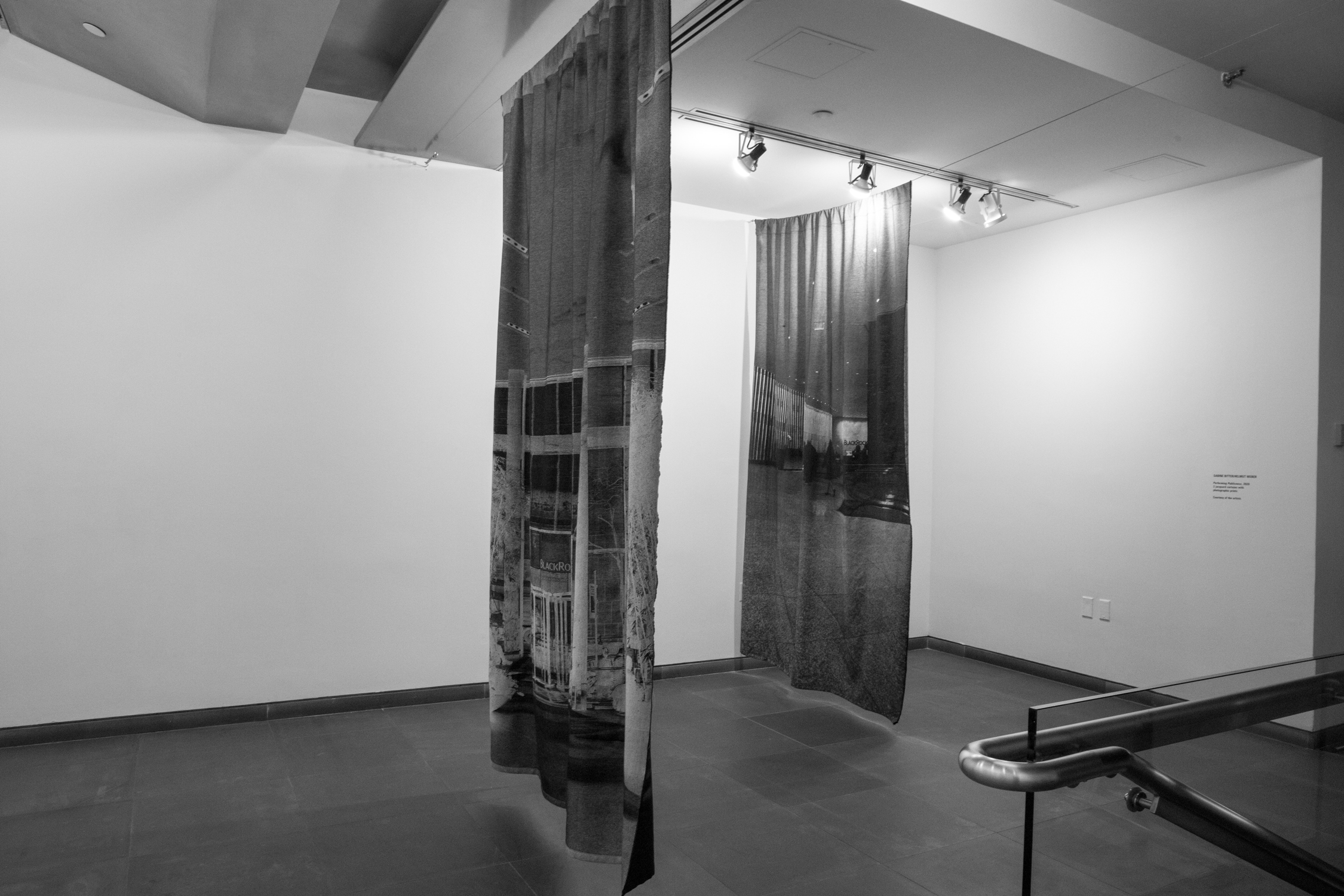
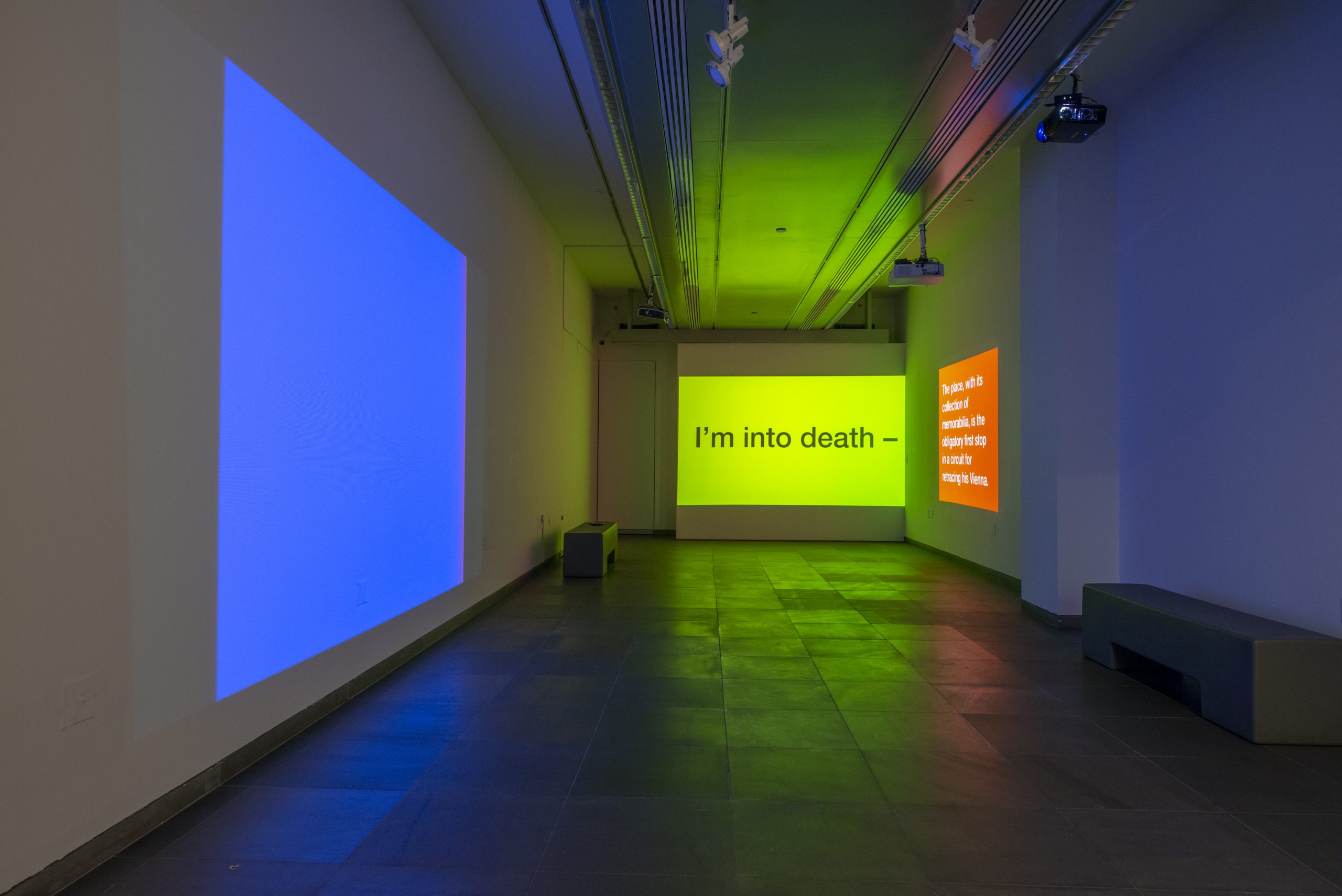
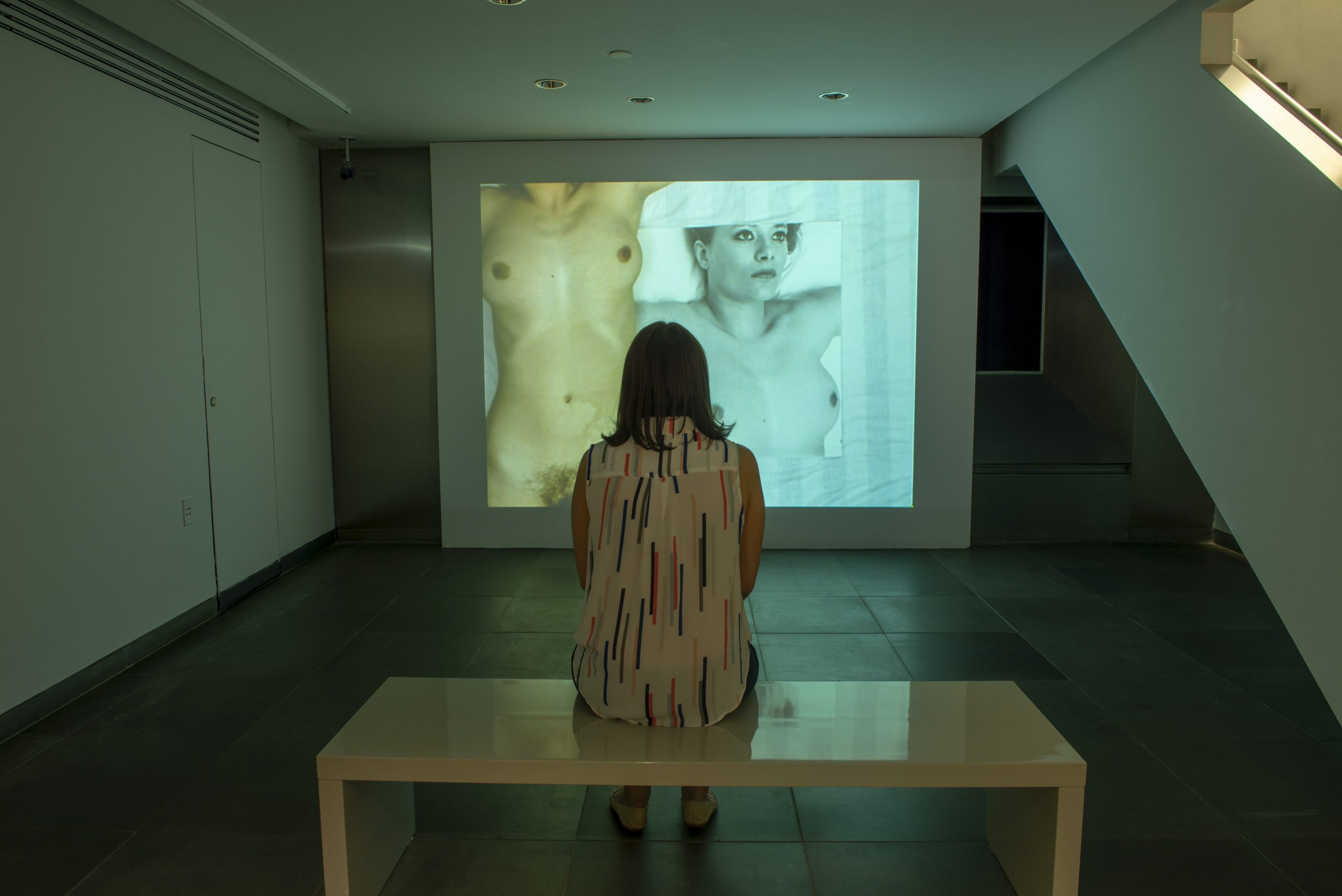
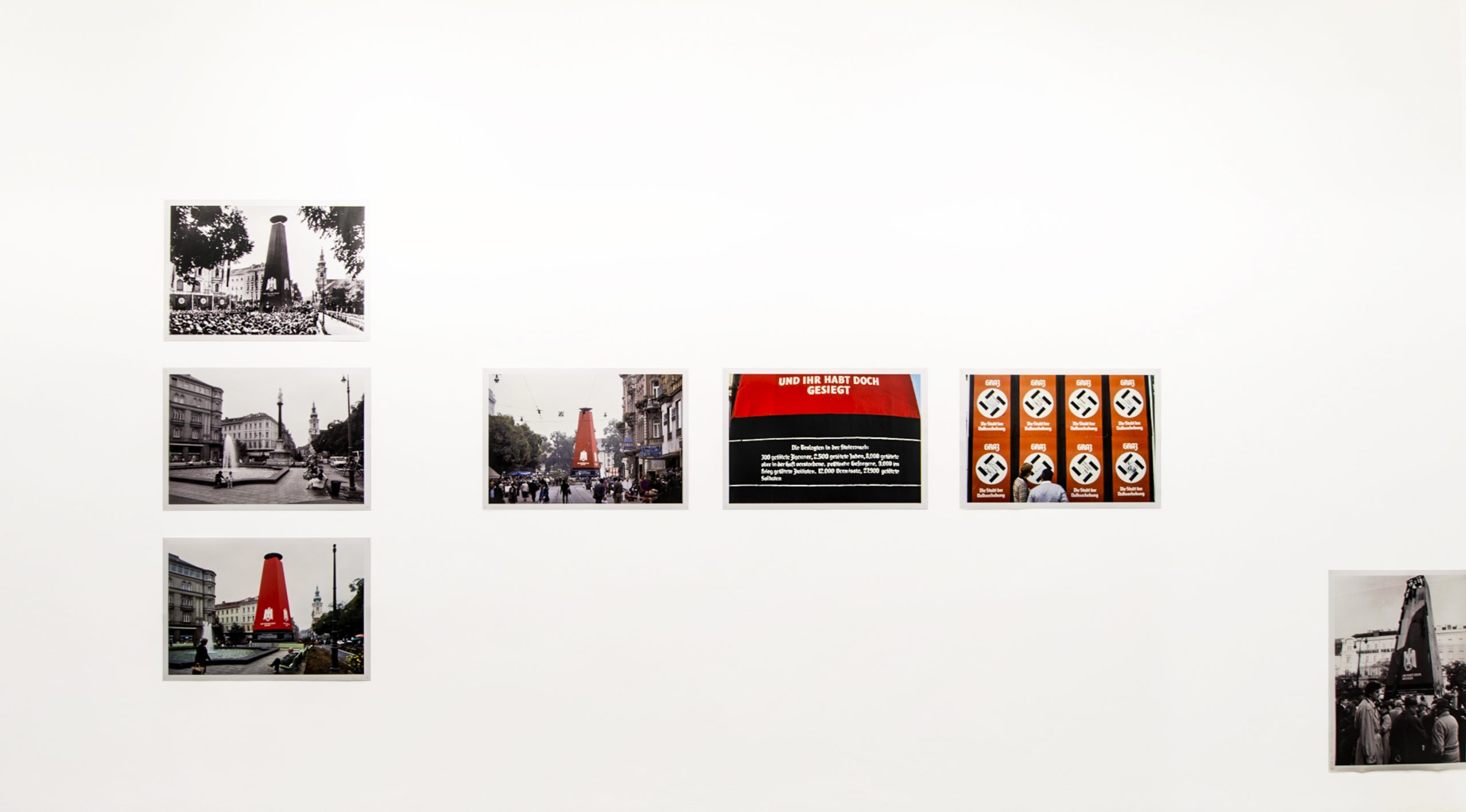
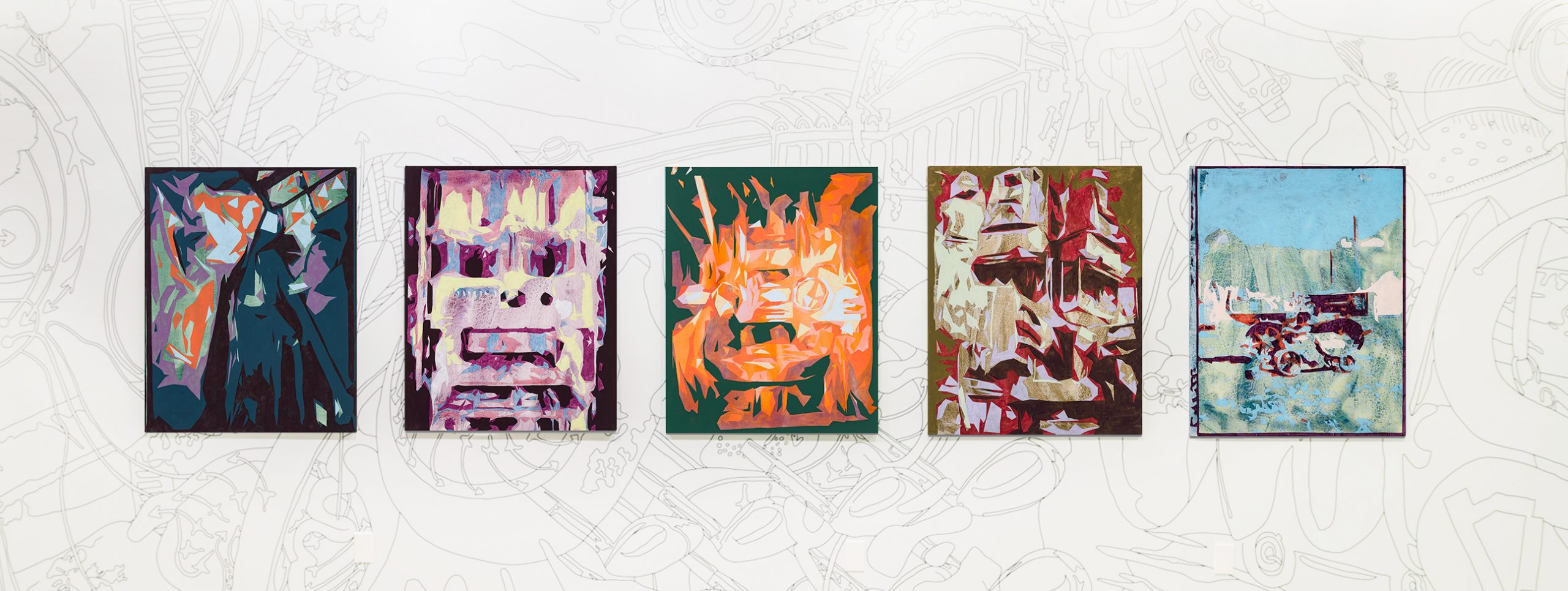
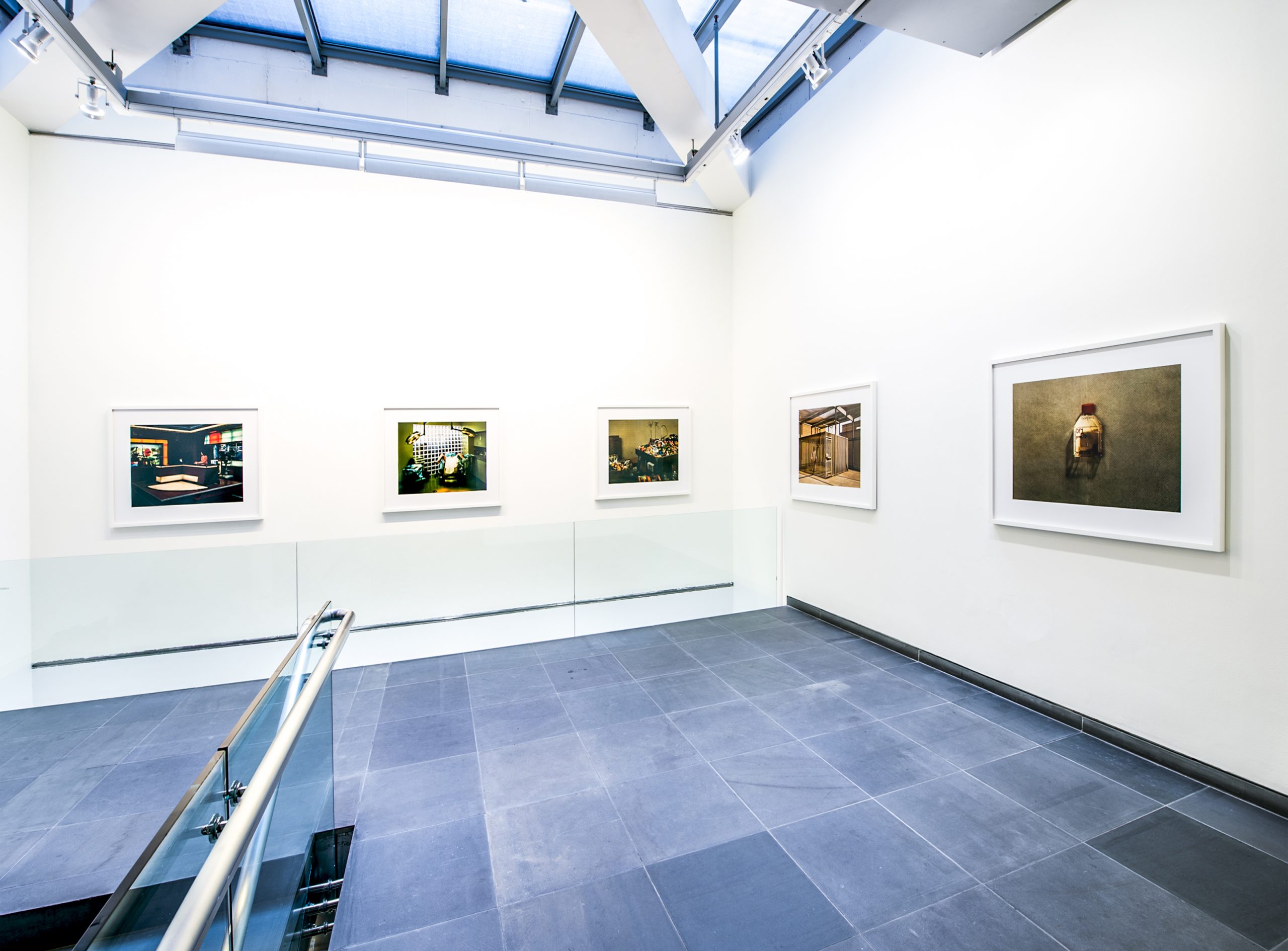
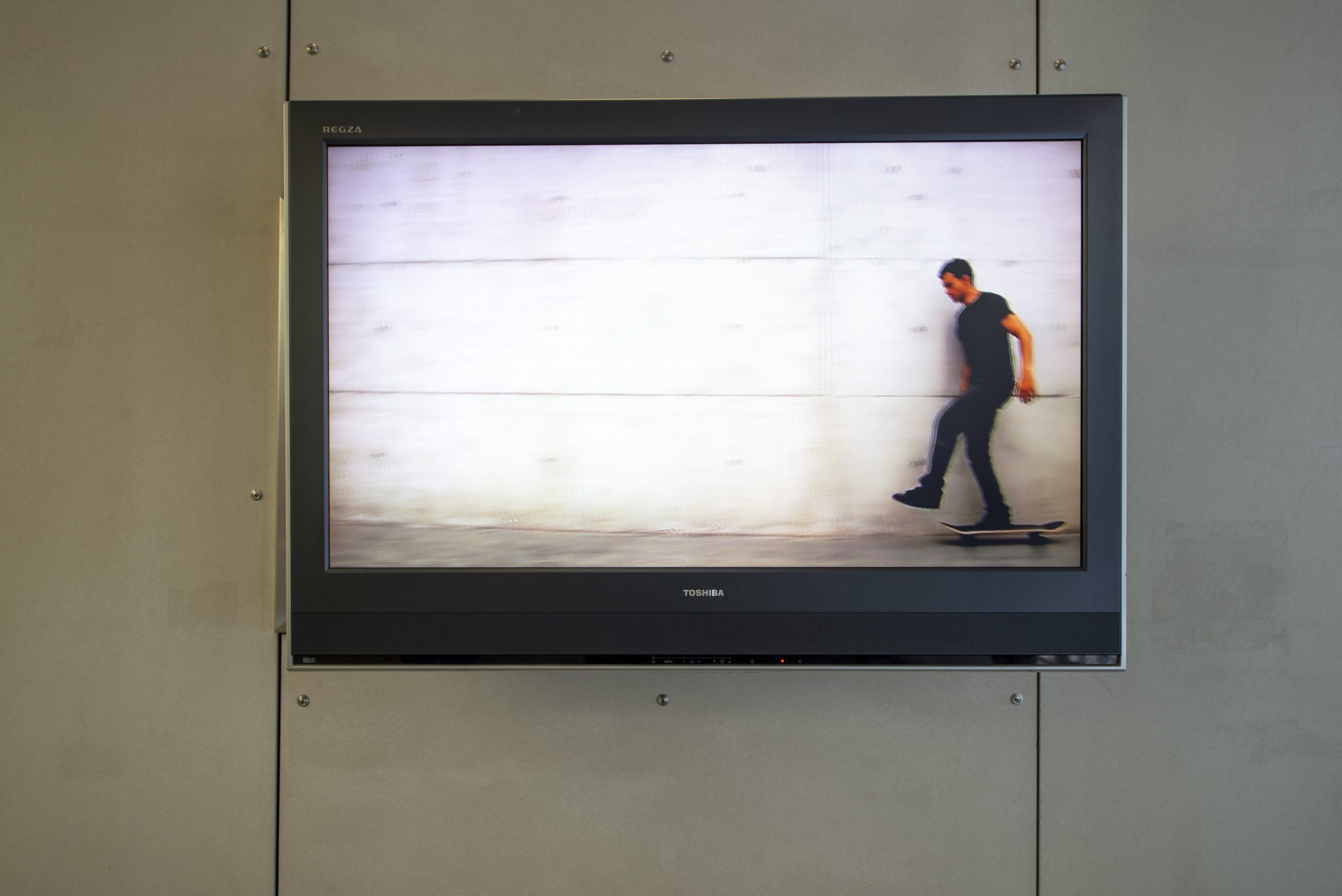
Artists:
Sabine Bitter / Helmut Weber,
Tony Cokes, VALIE EXPORT,
Hans Haacke, Francis Ruyter,
Taryn Simon, Kay Walkowiak
Over more than five decades, public space has changed its gestalt through architectural processes as part of gentrification mechanisms. Moreover, a changing visibility of the everyday has occurred with an increase of media technology and the proliferation of images, which no longer requires authorship or a real person pulling the trigger in order to document reality, but only an apparatus recording chance encounters and the potentiality of deviant behavior. What is at stake in many observations of public space and its signifying quality as a non-reversible unit that is subject to constant change, are its population patterns and architectural limitations. In this case, New York and other metropolises have been under scrutiny as a result of neoliberal tendencies and the ubiquitous laws of permanent control and capitalist interference.
The exhibition “Spaces of No Control” focuses on the notion of the city and its signifying dystopias of the 20th and 21st centuries, which has left many bewildered as to how progress in urban landscapes is determined by only a few, while the majority of city dwellers has to cope with the imposed laws on an existential territory, which is claimed by a heterogeneous mass of people who have to face constant changes without their ability to interact. The core of the exhibition is formulated by photographic outlooks on the city and its social strata, which is also transferred into other media in order to reflect on the artistic modalities of how to come to terms with a reality, which to many no longer seems real. In this respect, the histories of specific places are taken into account to formulate a critique on current notions of citizenship and its defining architectural and social coordinates. The exhibition aims to look at current changes of the urban paradigm, which is rooted in a history that began decades ago, when city planning was meant to optimize instead of reorganizing the social body and its prerequisites.
Sabine Bitter / Helmut Weber take up the particularities and contradictions produced by the private ownership of New York’s public spaces. Their work “Performing Publicness” is a photographic representation of the Park Avenue Plaza, just down the street from the ACFNY, made through the jacquard weaving process. Instructions from the artists ask viewers to visit this public-private space in a building owned by Black Rock Investors to take part in the controversial forms of publicness where control, visibility, and access collide in the use and needs of the citizens who pass through or linger in this space.
In the main gallery, Tony Cokes shows one of his digital video-sound installations. His works question how political and social articulations in cites are driven by the media and preconceived image reproduction. Stripping his works of any images, he exclusively uses textual phrases before backgrounds in vivid colors to generate an emancipatory language. His works also rely on sound and reflect on cityscapes and the possibility of social change. By combining a variety of textual materials from critical theory to cultural studies, Cokes creates lyrical essays with soundscapes deriving from popular music.
Hans Haacke shows a documentation of a work he did in Graz, Austria, in 1988, when he re-erected the obelisk, with which the Nazis honored the city as “City of People’s Uprising” in 1938. The work featured the slogan “You were victorious after all” underneath a big swastika. The installation was conceived 50 years after the “Anschluss”—Hitler Germany’s annexation of Austria—and earned protest from various angles. Despite constant surveillance, the work was set on fire on November 3, and burnt down completely, which led to multiple press coverage. Today the work can be considered one of the most important contributions to Austrian art history.
Francis Ruyter has been working with the Library of Congress’ FSA/OWI archive since 2009 in order to bring his lifelong interest in the architectures of technologies of representation closer to the surface in his work. This archive played a critical role in the development of an American identity even while it unintentionally documents the persistence and reproduction of older technologies and the embedding of old narratives in the new. His recent works have experimented with abstract processes behind the reproduction of picture technologies, as well as material experiments in his works themselves.
In An American Index of the Hidden and Unfamiliar, Taryn Simon compiles an inventory of what lies hidden and out-of-view within the borders of the United States. She examines a culture through the documentation of subjects from domains including: science, government, medicine, entertainment, nature, security, and religion. Confronting the divide between those with and without the privilege of access, Simon’s collection reflects and reveals that which is integral to America’s foundation, mythology, and daily functioning.
VALIE EXPORT very early on recycled images and sequences from her own production into new works, an artistic strategy that questions the traditional idea of the image’s authenticity. She investigates the body as a membrane between the self and the public, a membrane which is image and sign and where the female body is inscribed into society. Her early short Syntagma is like a fixed gaze that someone exchanges with himself/herself as if he/she were two people – eyes staring at oneself and the unyielding gaze of the camera, focusing on the intertwining structures of the body and its surrounding architecture.
Kay Walkowiak’s video Minimal Vandalism in the entrance area of the ACF was shot amidst an installation at the former Generali Foundation in Vienna, where a skateboarder approaches the art works and sculptures as a test of endurance and skilfully leaves his traces. He includes the objects in his acrobatics, gliding up onto them, sliding across their surfaces, and daringly jumping over them. The reverberating soundtrack breaks the impression of silence emanating from the minimal sculptures. Walkowiak’s work deals with the essence of minimal art and how such objects are perceived in public and ironically treated.
1 Bitter / Weber
2 Tony Cokes
3 VALIE EXPORT
4 Hans Haacke
5 Francis Ruyter
6 Taryn Simon
7 Kay Walkowiak